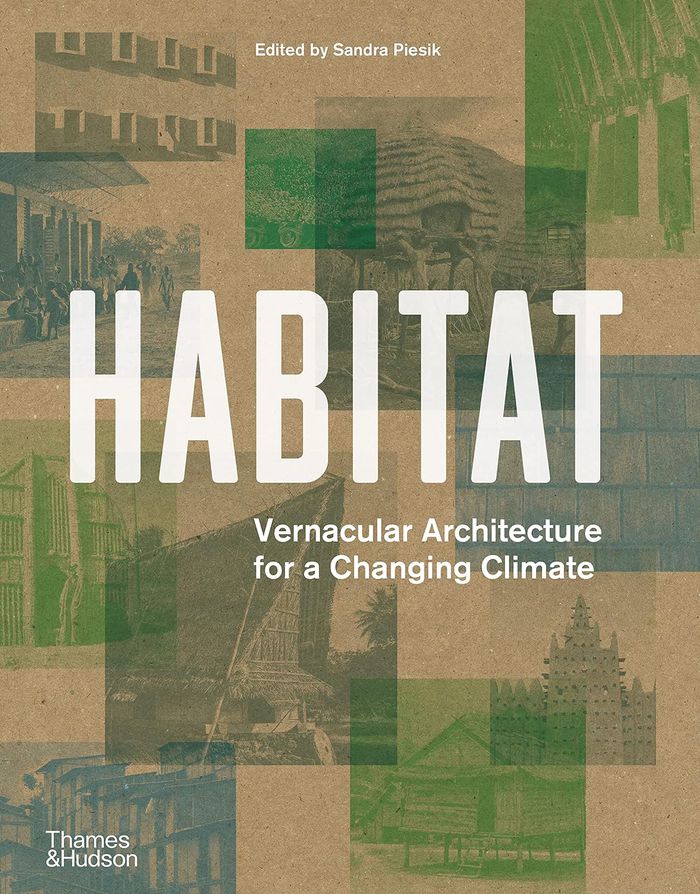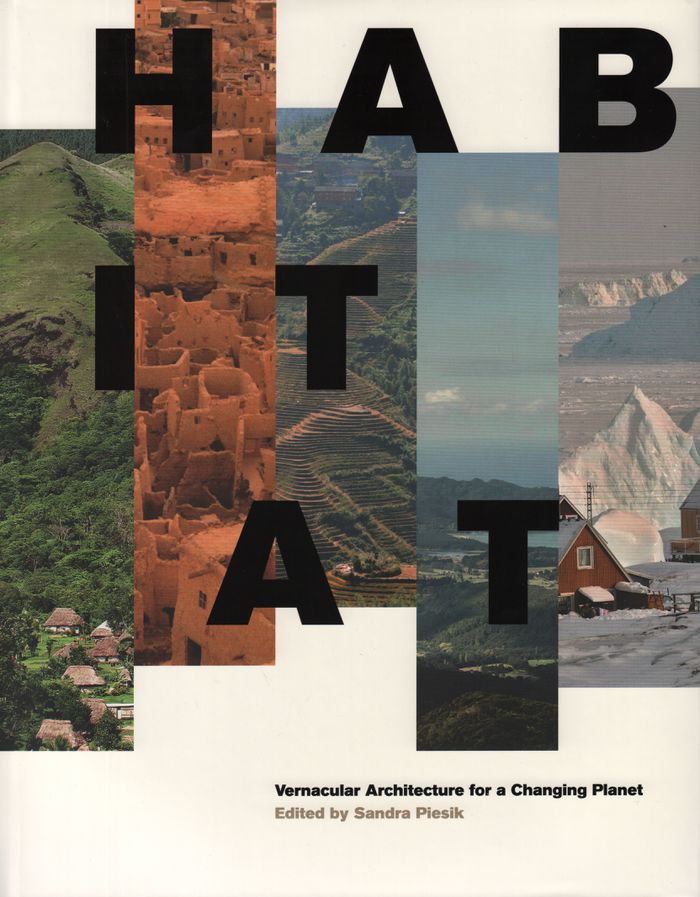$86.00
(disponible sur commande)
Résumé:
There has never been a more important time to understand how to make the best use of local natural resources and create buildings that do not rely on stripping our planet or transporting materials across the globe. First published in 2017, Habitat gathers the world's leading experts on vernacular architecture to examine how local buildings have stood the test of time and(...)
Habitat: Vernacular architecture for a changing climate
Actions:
Prix:
$86.00
(disponible sur commande)
Résumé:
There has never been a more important time to understand how to make the best use of local natural resources and create buildings that do not rely on stripping our planet or transporting materials across the globe. First published in 2017, Habitat gathers the world's leading experts on vernacular architecture to examine how local buildings have stood the test of time and offer lessons for the future. Arranged by climate zone- Tropical, Dry, Temperate, Continental, and Polar- each regional section presents buildings in their environments, showing how climatic conditions and vegetation affect the evolution of building styles. This central part of Habitat is bookended by a range of essays exploring the economic and anthropological aspects of shelter, while the book's reference section offers information on materials science and engineering, including how buildings have been adapted to contend with natural disasters.
Architecture écologique
$180.00
(disponible sur commande)
Résumé:
Vernacular architecture is architecture without architects; designed based on local needs, these buildings make use of natural resources and demonstrate diverse architectural forms, design elements unique to their culture, and ingenious construction techniques. From bamboo garden pavilions in China to homes made from reeds in southern Iraq, and mud dwellings in Mali to(...)
Habitat: vernacular architecture for a changing planet
Actions:
Prix:
$180.00
(disponible sur commande)
Résumé:
Vernacular architecture is architecture without architects; designed based on local needs, these buildings make use of natural resources and demonstrate diverse architectural forms, design elements unique to their culture, and ingenious construction techniques. From bamboo garden pavilions in China to homes made from reeds in southern Iraq, and mud dwellings in Mali to pine huts in Siberia, Habitat showcases the diverse and indigenous materials that can be used to build innovative, sustainable structures.
Architecture contemporaine

